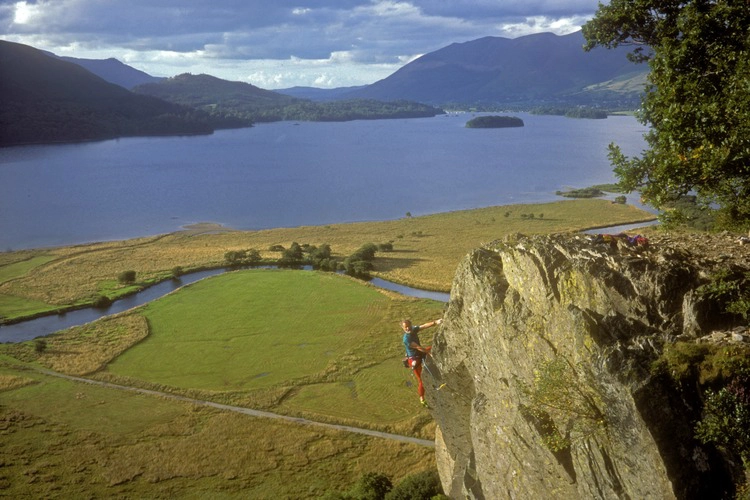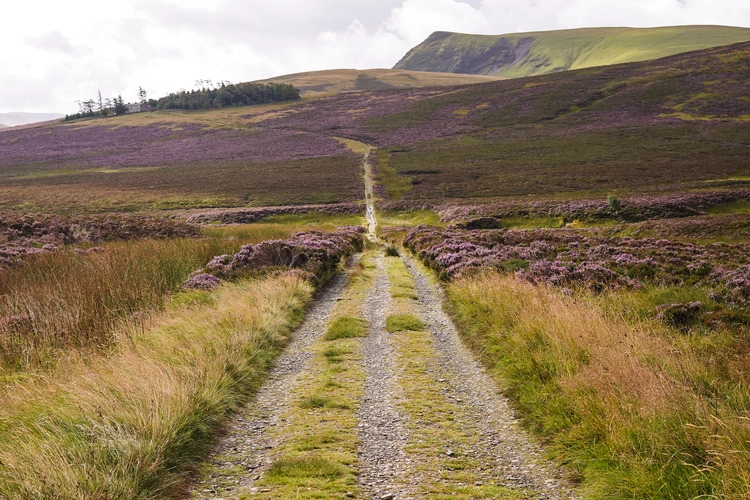
Cumbria Wildlife Trust’s 100-year vision hopes to bring back temperate rainforests to the Lake District & revitalise Skiddaw Forest
By
Despite it’s name, Skiddaw Forest is not wooded – but Cumbria Wildlife Trust have turned to the public to help change that. In their major public appeal announced today, the charity hope to raise the last remaining money needed to buy Skiddaw Forest – including the Skiddaw summit – in part of its aim to restore a huge, lost area of temperate rainforest.
The charity’s 100-year vision hopes to bring back wildlife to the lower slopes of what will be the highest nature reserve in England. A partnership with Aviva has secured £5 million in funding, alongside further donations by other funders, but a final £1.25 million is the figure that the public will need to raise before the Skiddaw Forest project can be given the go-ahead.
In total, Cumbria Wildlife Trust seeks to recreate 620 acres of native Atlantic Rainforest, restoring temperate rainforests to their former locations in high-rainfall western parts of the British Isles. Native trees will grow via natural regeneration from local seed, and locally-grown saplings will be planted including juniper, bird cherry, various types of willow, birch, sessile oak and holly. Eventually, mosses and lichens will grow to cover trunks, branches and the fellside itself.
‘This is a unique and exciting opportunity to create England’s highest nature reserve and, working with farmers and the local community, we urgently need to put more wildlife back into a much-loved and spectacular part of Cumbria,’ said CEO of Cumbria Wildlife Trust, Steve Trotter.
What are the benefits of the project?
Skiddaw Forest is a vast area of moorland, upland heath and peatland which includes all of the Lake District’s fell summits (Skiddaw, Great Calva and Little Calva). Protecting these sites is vital as they are ecologically significant and a key cornerstone in the Lake District’s cultural heritage.
Temperate rainforests – which have been lost over hundreds of years and now cover less than 1 per cent of Britain – are rainforests that grow in areas with high rainfall and humidity, but a low variation in temperature. In Cumbria, remaining areas of Atlantic rainforests are in Borrowdale, Buttermere, Eskdale, Ullswater and Staveley Woodlands. Helping to conserve and grow these areas promotes the existence of specialist birds – such as pied flycatchers and wood warblers – as well as globally rare species of fungus including hazel gloves.

Increasing the prevalence of temperate rainforests will also increase Britain’s ability to find natural carbon sinks. Trees absorb carbon from the atmosphere as they grow, which is stored in the soil, roots, trunks, and branches of the tree itself. Epiphytes – lichens, mosses and ferns covering the trees – also carry out this function, and so British rainforests can act as vital stores of carbon. Achieving the UK’s net-zero ambition requires woodland cover to increase to 17 per cent across the UK by 2050, up from 13 per cent currently.
Home to one of the largest areas of blanket bog, Skiddaw Forest will also benefit from planned processes including blocking artificial drains and revegetating bare peat areas, in order to protect the surrounding environment.
‘The peat bogs of Skiddaw Forest already hold an estimated 1.25 million tonnes of carbon equivalent, and by restoring and protecting 1,000 acres, it’s vital that we keep this vast store in the ground and not the atmosphere,’ Trotter said.




